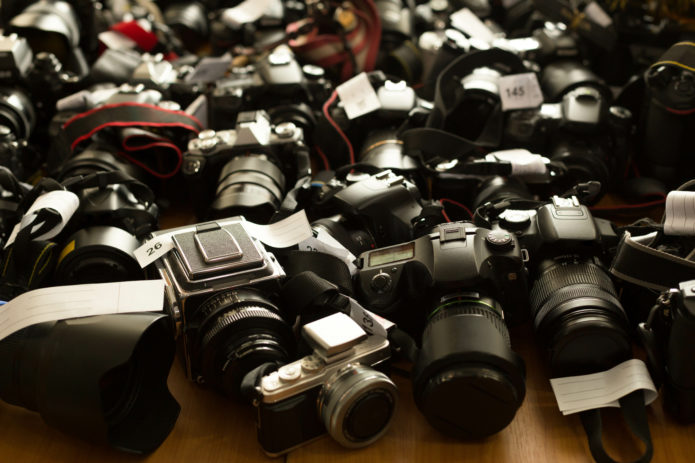Camera equipment can be quite expensive. So, for newbie photographers or those on a tight budget, a used camera is a money-saver.
Modern digital cameras are always updated. So, the used market is full of decent cameras looking for a new home. But, when looking at used camera gear, not all of it will be up to scratch. So, you must exercise caution and be careful not to be ripped off.
This article shares a few tips on how to buy quality second hand cameras online:
1. Determine What You Want
As with every investment, the first thing you need to do is to determine what exactly you want. Make sure to know and research it.
Saving money is not just about finding the best discounts you can have. And in terms of camera, you need to understand what you want to accomplish and search through various products for one that best matches your wants and criteria.
As part of your research, you can visit a local shop for a live test. The key here is to determine if the product is what you expect it to be. Once you know what you want, you can start shopping for used alternatives.
2. Browse On The Right Stores And Websites
As the modern business world goes digital, you can find lots of websites and shops out there buying and selling used camera gear. There are many popular sites for used items, but it’s best if you can stick to a specialist store.
Specialist websites and stores often provide guarantees covering a period. They also know more about camera conditions or when an item is defective. Camera specialist sellers have checked and tested the gear to determine its condition before they put it up for sale. In addition, they’re also more likely to care about photography, and their passion shows in their business and resulting in better service.
Make sure to ask the store about their return policy. Also, avoid deals that seem too good to be true. And never agree to a cash payment so you can stay protected.
3. Look For Shutter Count
The shutter count refers to how many times the camera has taken a photo. However, it also tells you whether the used camera was used professionally or personally. Most online shops and sellers will often list these numbers, so make sure to look for them or ask the seller if you can’t find them.
Think of shutter count like miles on a car— it’s a good approximation of how abused a used camera is. On a lifetime scale, the rule of thumb is that entry-level cameras should have about 50,000 shots; mid-level cameras usually have at least 100,000; the professional ones should go up to 200,000 shots.
So, if you’re looking at an entry-level camera that already reached 50,000 shots, then you should probably pass on that camera. While there are no guarantees with these numbers, they should still provide a good idea of what to expect on the used camera you’re eyeing.
4. Ask For A Meetup If Possible
If you’re buying through a community exchange or Craigslist, it might be possible to meet with the seller in person before committing to your purchase. If a meetup is possible, never pass up this opportunity to check and inspect the camera. Give a thorough examination of the camera with your own hands and eyes.
- Look For General Wear And Tear
First off, you want to look for external signs of abuse and damage. Thus, small scuffs, scratches, and marks should be expected.
What you’re really looking for when examining the camera for external damage are signs that it’s been dropped. And
if there are heavy blemishes, a corner of the camera is dented, deep scratches on the body, or significant scuff marks, you should avoid using cameras. Also, any physical damage that degrades or interferes with its mechanical functions is considered a red flag.
- Closely Check Camera Functions
Other than general wear and tear, there are a few more important things you need to check to better understand the camera’s condition.
Remove the body cap and check the inside of the camera around the mirror, lens, and focusing screen. Look for any signs of oil, damage, or gunk collected in these areas. Oil may indicate issues with internal parts mechanism.
If you have a lens in hand, take a test shot and check for any issues with its sensor. Set the camera to f/22 – f/16 and point it at a bright subject such as the sky or a white wall and shoot a frame. Look at the image and zoom in on the LCD screen to look for scratches and marks.
While dust spots are not a big problem, lines can be evidence of scratches on the sensor and are best avoided.
Take Away
And there you have it! If you’re shopping on a budget, a used camera can be a great option. Thus, a secondhand camera allows you to level up your photography and creative skills for a fraction of the original process.
Just make sure to keep the above pointers in mind to ensure that you’re getting the best deal for your money.


